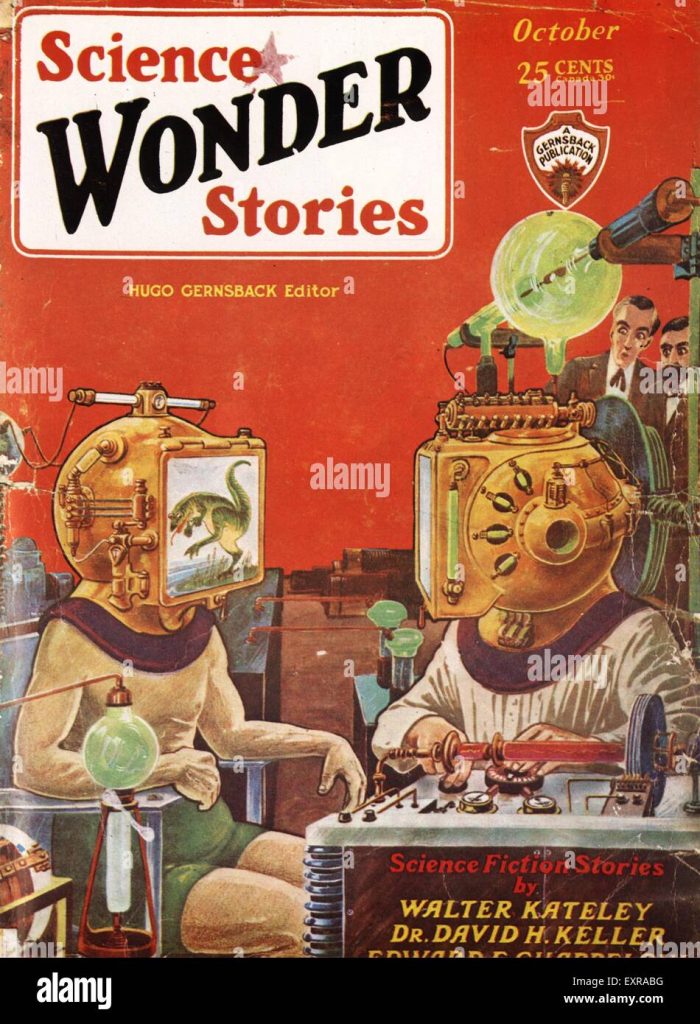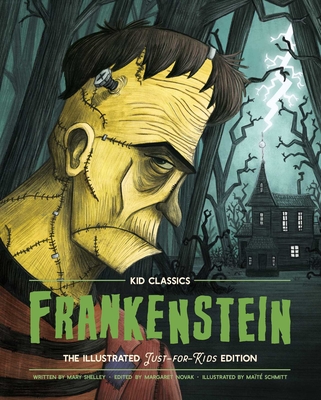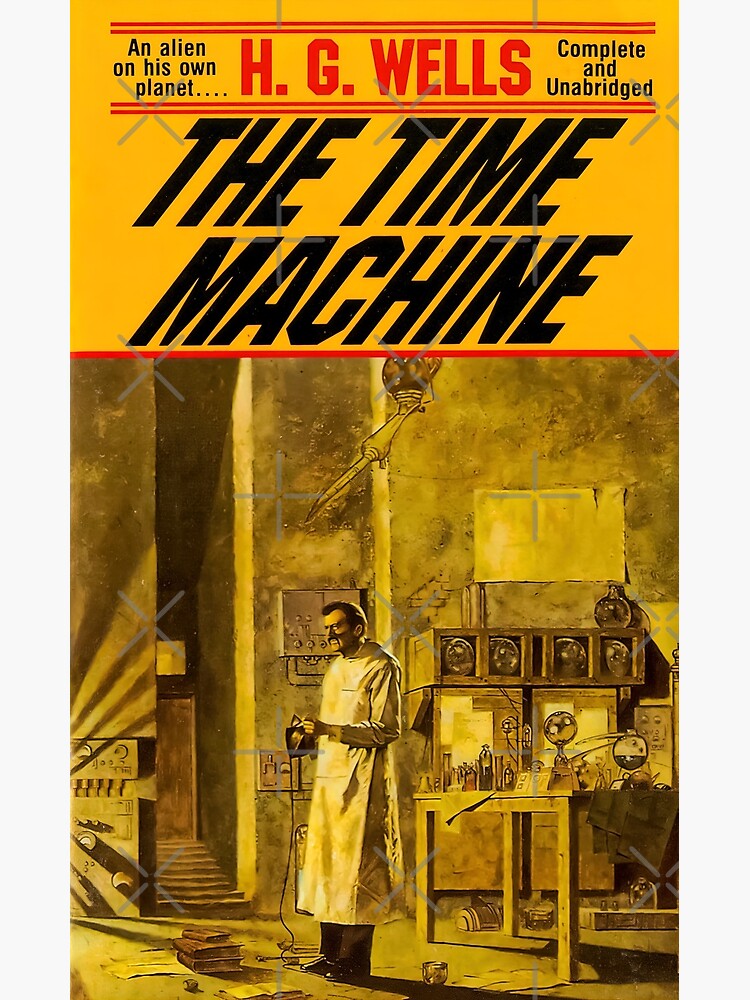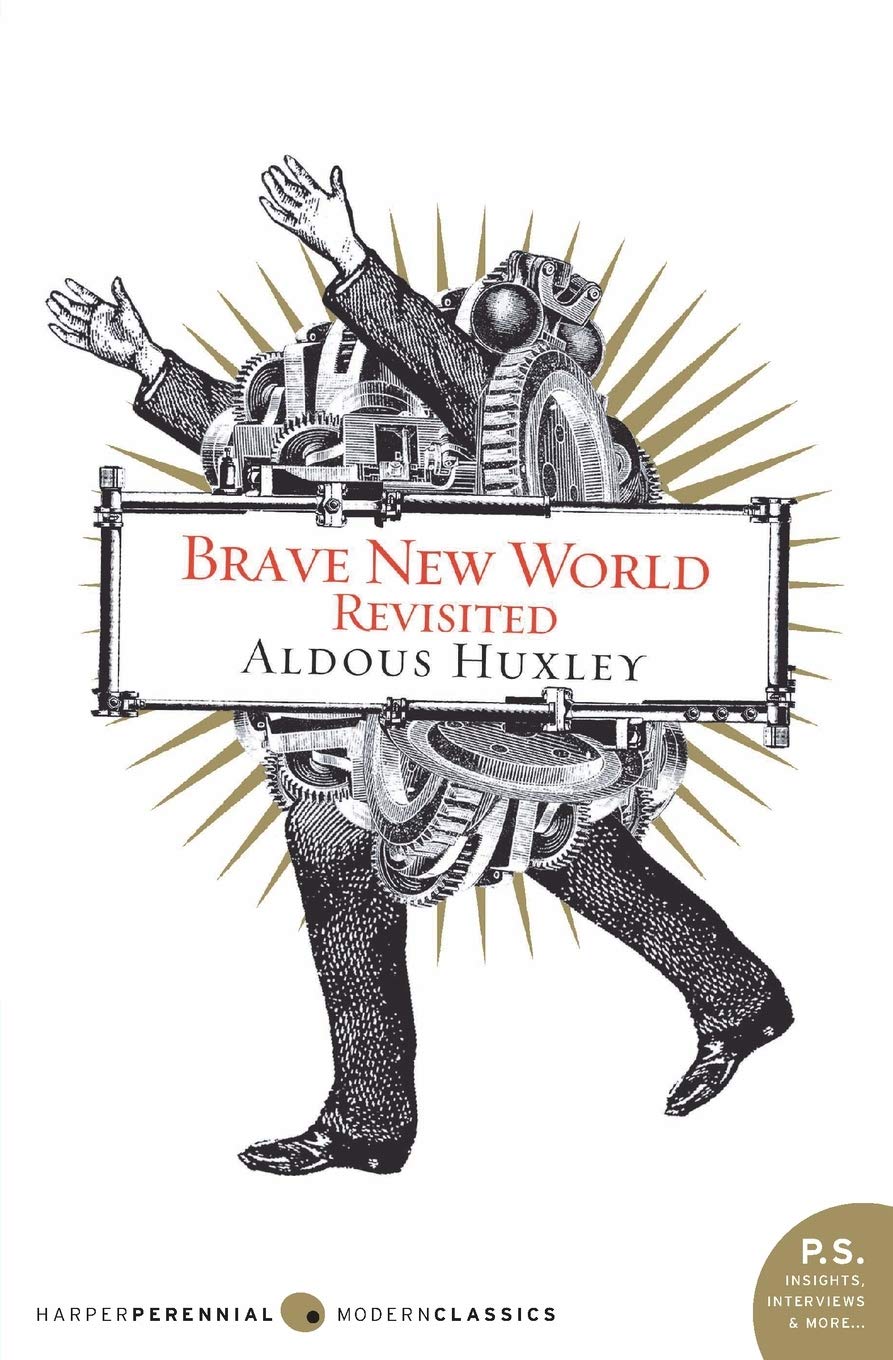On Science Fiction (Part I)

CBC’s new History is Lit series will explore literary history, book lore, ancient storytelling, and any place where stories and yesteryear meet.
Science fiction stories push the envelope, or they show society’s warts. It is a genre that pushes our imagination, where authors and readers can expand their horizons in more ways than one. Imagining new technologies, far-away space civilizations, revisionist pasts, or dystopian futures had a formative role in my adolescent years.
Reading about advanced societies where inclusivity, planet conservation, and equality were the norm contrasted with the stark reality of my immediate society or even with the more dystopian outlooks warning of our future if we continued on our course. Like many teens, I too wanted to change the world, and that spark hasn’t dimmed with age, so I’ve found in science fiction the impetus (or ideas) I sometimes need to get off my comfortable couch and do something about it.
The genre has only grown from Shelley, Verne, and Wells to Clarke, Heinlein to Le Guin to Octavia Butler, Nnedi Okorafor, and Darcie Little Badger. With a bird’s eye view, looking at the evolution of the genre I saw it is a history of humankind’s dreams, ingenuity, and imagination.

Although the term “science fiction” wasn’t coined until the 20th century, literary works had been dealing with this subject centuries before from tales in One Thousand and One Nights (8th-10th century Middle East) to Cyrano de Bergerac’s posthumously published works (17th century France) and Jonathan Swift’s Gulliver’s Travels (18th century Ireland). Many consider one of the crucial literary jumps to be Mary Shelley’s Frankestein in the early 19th century. With this story, Shelley warns of the dangers of science without a moral direction, while at the same time touching on the dangers of isolation and the importance of family. She was reflecting the technology-shifting, advancement-fascinated society of the day. But science fiction was to go even further than speaking allegorically about society; it became an agent that ignited invention and change.
By the middle of the century, Jules Verne arrived on the scene, heavily inspired by Edgar Allan Poe, and produced some of the most captivating, inconceivable stories of the time. He spoke of far-off places and inventions which had yet to be. His stories continued to ignite the imagination of people beyond his 19th-century French contemporaries. His ideas carried humanity – not just in the pages of his books, but in reality – to the depths of the ocean (electrical submarine), to the reaches of the skies (helicopter), and even to the moon (moon landing).
At the same time, across the channel, the air had been equally technophiled. H.G. Wells was taking readers on trips across time, the physical realm, and the stars. With The Time Machine, Wells is one of the first to express the idea that the future will not necessarily look the same as the present. It is crucial to remember that at the time, Westerners felt as advanced as could be and thought there was little room to change or evolve. It is not the first time, nor will it be the last, that humans fall for this fallacy.
With any major trend comes some counterculture or subversion to the status quo. With the dominance of technology and science-driven storytelling in the West came a movement for myth-based, heroic fantasies which looked at the past with nostalgic glasses and reimagined years –William Morris, C.S. Lewis, J.R.R. Tolkien, among others. However, these stories, along with their predecessors like Gothic novels and the Romance Movement, didn’t subvert but ended up becoming an influential and expanding sister-genre, Fantasy.
Science fiction kept thriving and finding new audiences into the 20th century, for example, American youth. Fun fact: This is where the term “science fiction” comes from. Hugo Gernsback, a journalist who owned magazines, realized that the young professionals among his readership were drawn to fiction filled with technology, as well. Gernsback began to publish old stories by Verne, Poe, Wells, and others to target a younger new audience. In 1929, in one of these magazines (Science Wonder Stories) he used the term “science fiction” for the first time to encompass this kind of storytelling.
The influence of American youth did not stop there. They belonged to the same society that “inspired” Aldous Huxley to write Brave New World in 1932. After a trip to the United States, Huxley wrote of a dystopian society where technology eradicates the “need” for family or uncomfortable emotions. In this same vein, at the beginning of the Cold War, in 1949, George Orwell wrote his own ominous and cautionary vision of the future in 1984. In this story, a totalitarian Britain has curtailed all personal freedoms from its population, although Orwell didn’t have to strain his imagination far having just witnessed the rise of Nazism and seeing the early stages of Stalinism. To this day we continue to use some of the terms he introduced, like Room 101 and Big Brother, and these two books are prophetic warnings we’ve yet to heed.
In this article, we’ve explored the history of Science Fiction in this limited time and territory: 19th-20th century in Western culture. Next week, we’ll continue this story. Be on the lookout as we explore fiction, magic, fantasy, myths, and other literary genres, books, and authors across the globe and cultures in future History is Lit episodes.



FURTHER READING.
- Frankenstein – Kid Classics, By Mary Shelley; ed. Margaret Novak; illus. Maïté Schmitt (Simon & Schuster)
- The Time Machine, by H. G. Wells; illus. John Edens; adapted by Les Martin (Random House Books for Young Readers)
- 8 Books That Will Make Kids Lifelong Readers of Sci-Fi & Fantasy (Barnes & Noble)
- Awe-inspiring visual representation of the history of science fiction (Ward Shelley)
Read Part II of the history of the science fiction genre!
CBC’s resident history and yesteryear explorer, Laura Peraza, takes you back in time. Check out other series on our blog and our Reader Resources for more books and materials.

